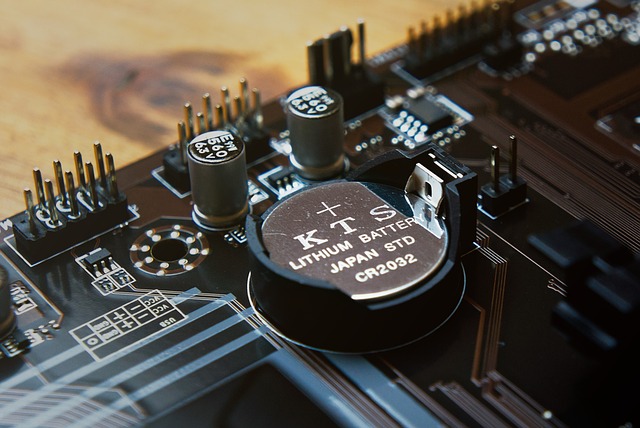Photography is not just about capturing a moment; it’s about capturing the essence of that moment. With the advent of technology, photography has evolved significantly, and one of the most groundbreaking advancements has been the development of CMOS sensors. These sensors play a crucial role in determining how much light your camera captures and how that light translates into a stunning image.
Understanding CMOS Technology
CMOS, or Complementary Metal-Oxide-Semiconductor, is a technology used in a wide range of devices, but it has proven particularly transformative in the world of photography. The main advantage of CMOS sensors is their low power consumption and high-speed performance, allowing you to capture images quickly and efficiently without sacrificing quality. This is particularly useful when you want to seize fleeting moments that could easily be lost in time.
The Role of Exposure in Photography
When it comes to photography, exposure is the key element that can make or break a photo. It refers to the amount of light allowed to hit the camera sensor, essentially determining how bright or dark your final image will be. With CMOS sensors, achieving optimal exposure becomes much more achievable. The inherent sensitivity of these sensors means they can handle a wider range of lighting conditions, from the bright glare of the sun to the dim glow of twilight.
Choosing the Right Settings for Your Shots
Understanding your camera’s settings is essential for mastering exposure. Start by adjusting the ISO, aperture, and shutter speed. The ISO determines the sensor’s sensitivity to light; a higher ISO allows you to capture images in low-light settings, but it may introduce noise. The aperture controls the depth of field and helps manage how much light comes through the lens. Lastly, the shutter speed determines how long the sensor is exposed to light. All of these elements contribute to the effective use of your CMOS sensor.
Optimizing Exposure with CMOS Sensors
To truly unlock the potential of your CMOS sensor, consider the following tips to optimize exposure:
- Experiment with ISO: Start with a lower ISO and gradually increase it based on your environment. This will help maintain image quality while allowing for proper exposure.
- Utilize Manual Mode: Taking control of your camera settings can lead to better exposure. Manual mode allows you to customize ISO, aperture, and shutter speed to suit your creativity.
- Leverage Histogram: Use the histogram feature to ensure you’re capturing the entire tonal range of your subject, avoiding clipped highlights or shadows.
- Bracket Your Shots: When uncertain about exposure, take multiple pictures at different settings (bracketing) to find the perfect balance.
Enhancing Images with Optics
The lens you choose is just as critical as the sensor itself. High-quality optics can significantly enhance the capabilities of your CMOS sensor. Good lenses reduce distortion, increase sharpness, and provide better control over light entering the sensor. By pairing a top-notch lens with your CMOS-equipped camera, you’ll maximize the potential of your exposure settings.
In the ever-evolving world of photography, understanding how to harness the power of CMOS sensors can elevate your work to new heights. By mastering exposure techniques and optimizing your settings, you can create breathtaking images that tell a story and evoke emotion. So grab your camera, explore your environment, and let the power of CMOS technology transform your photographic journey!



